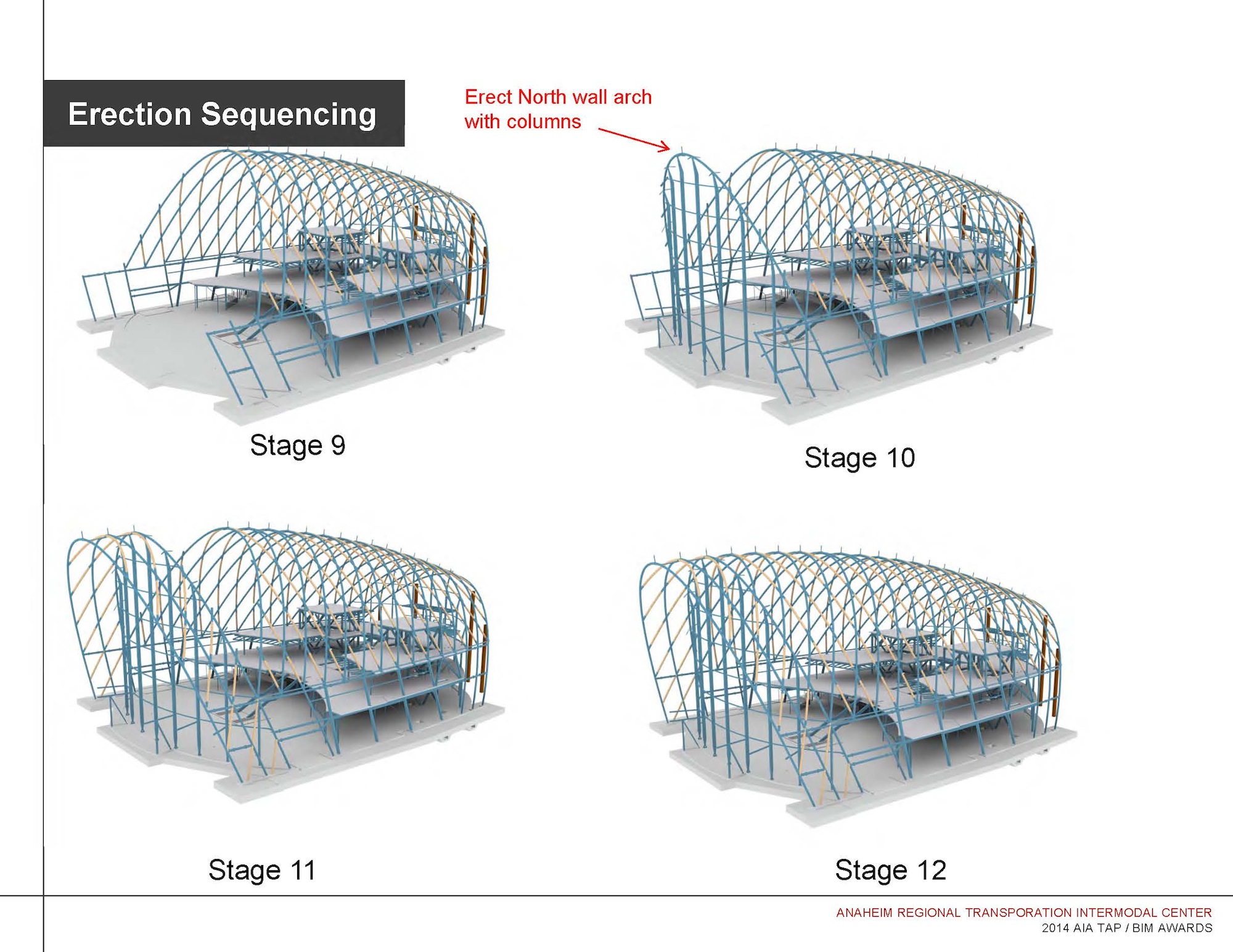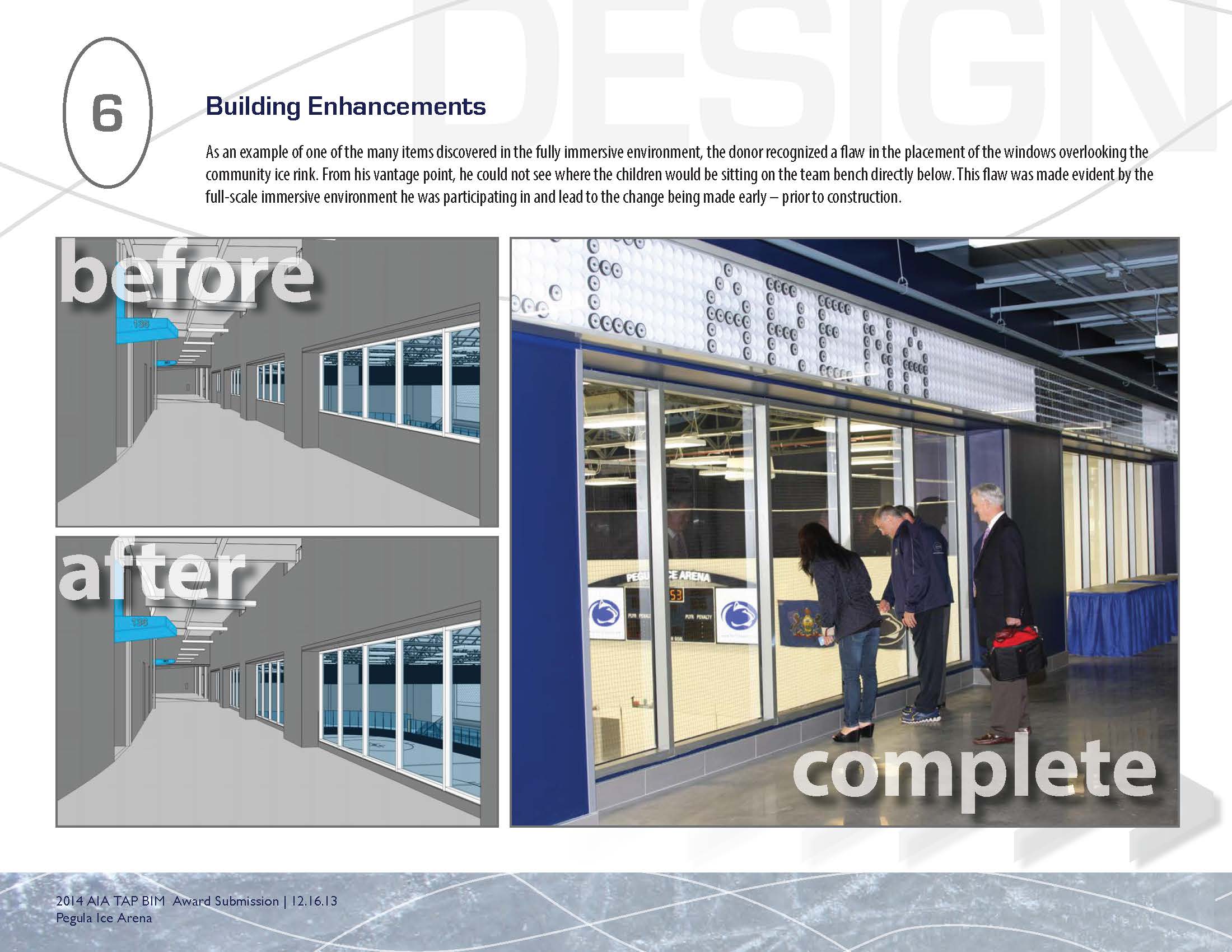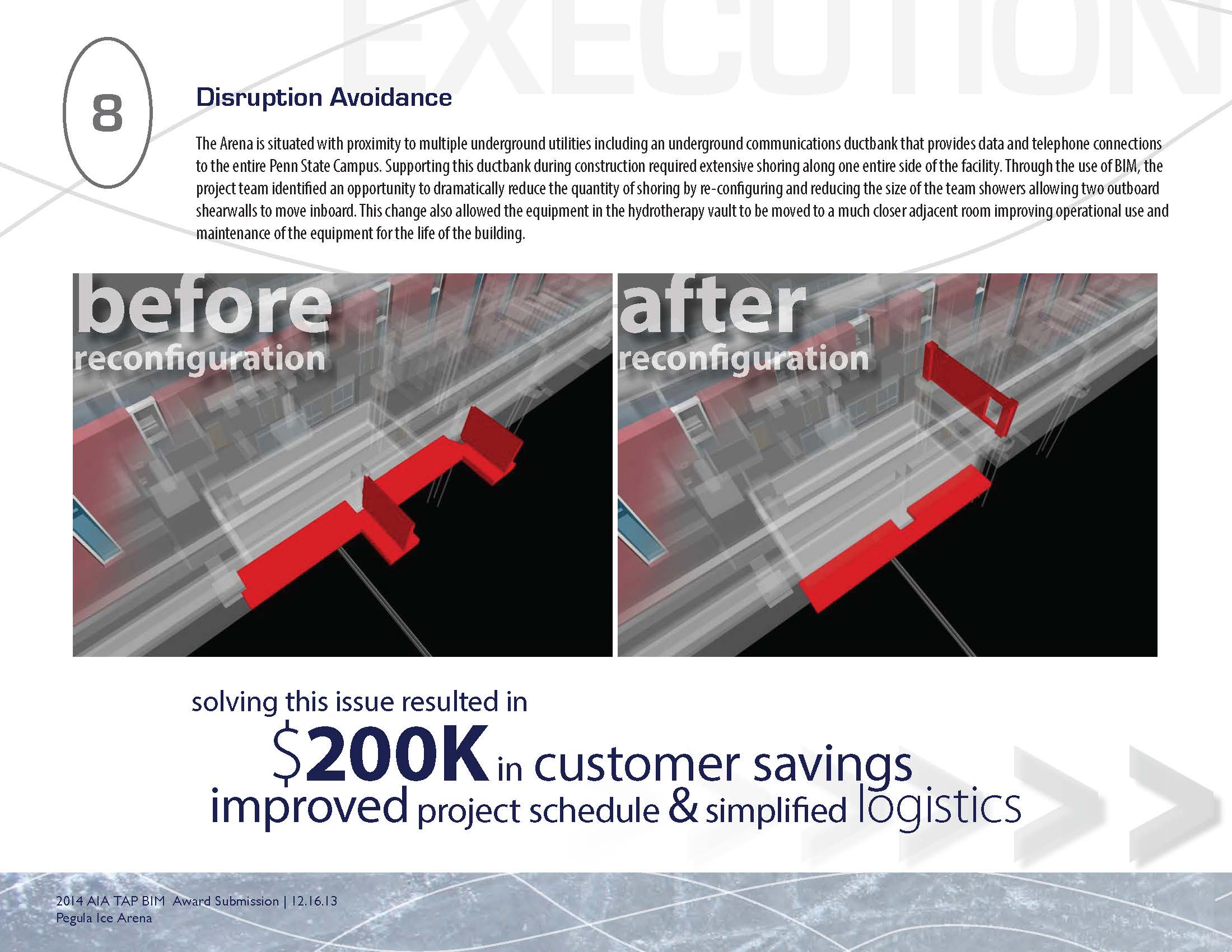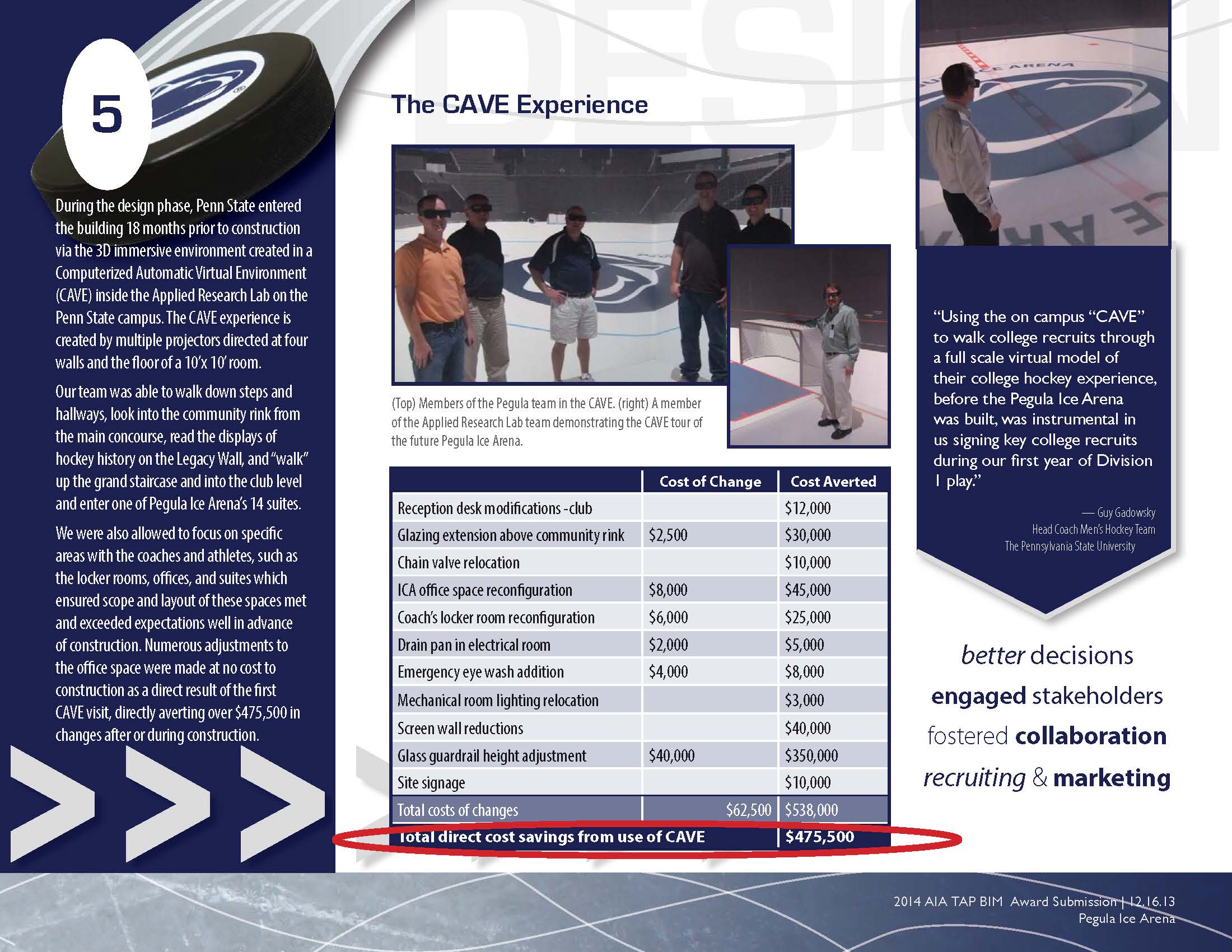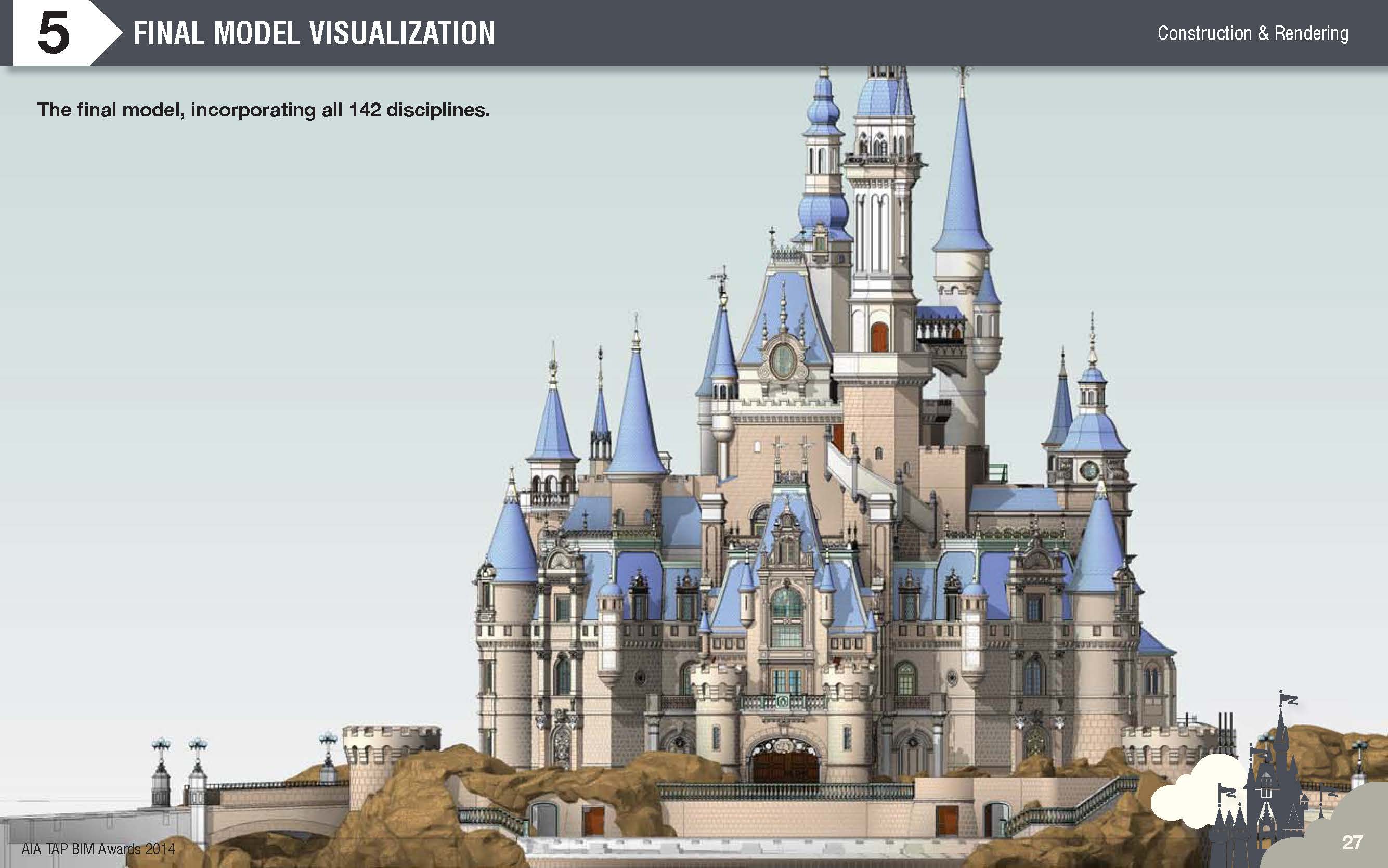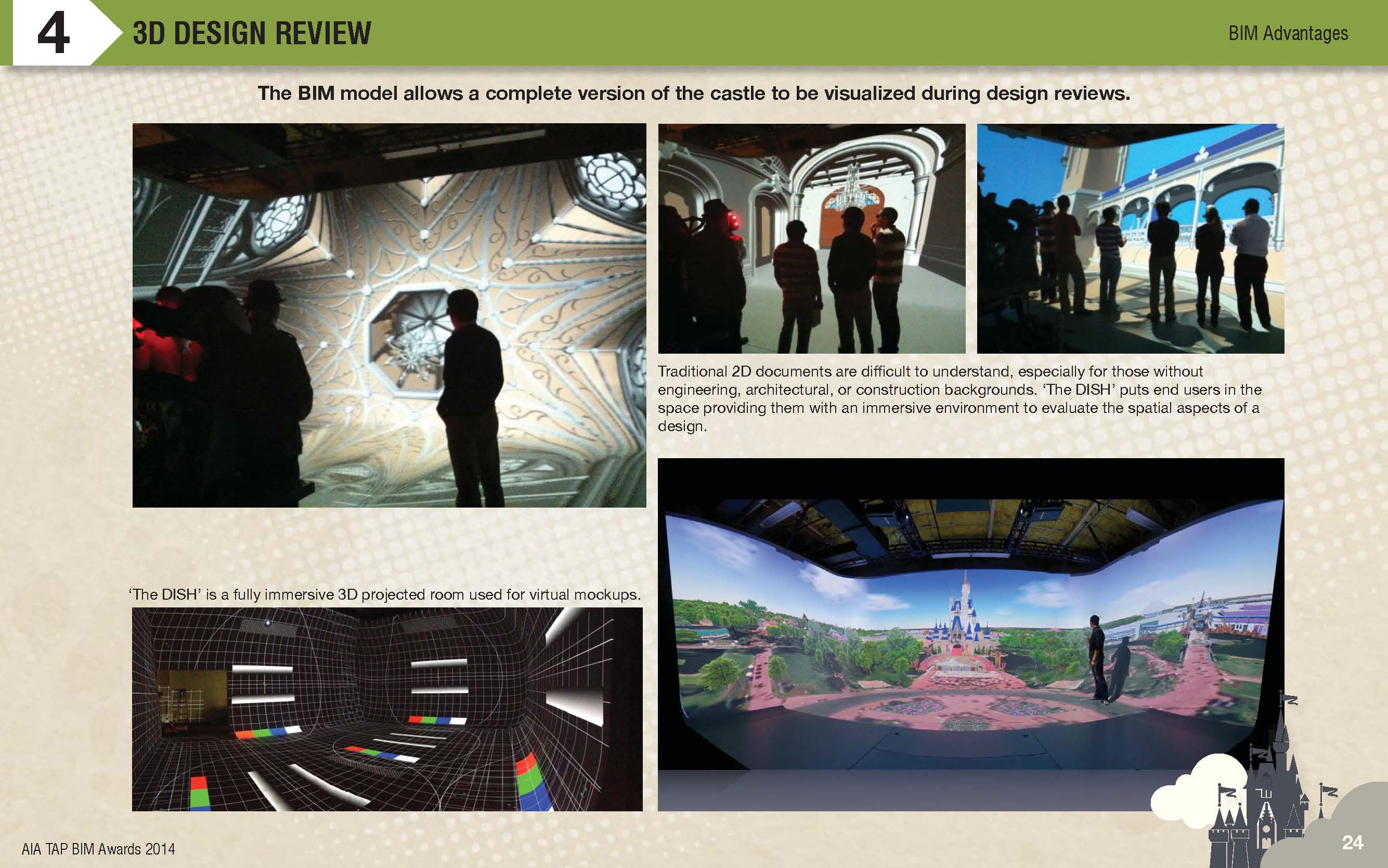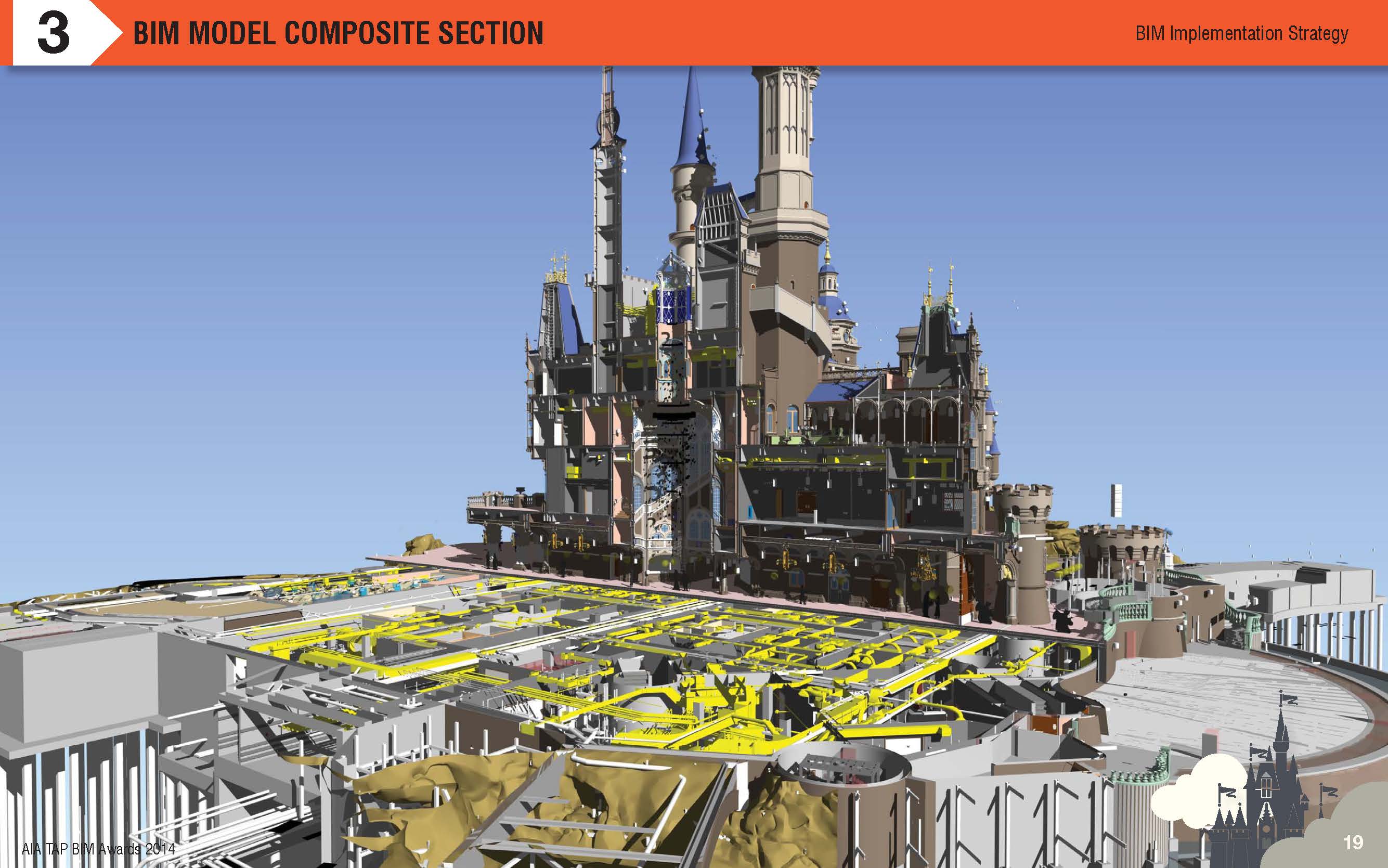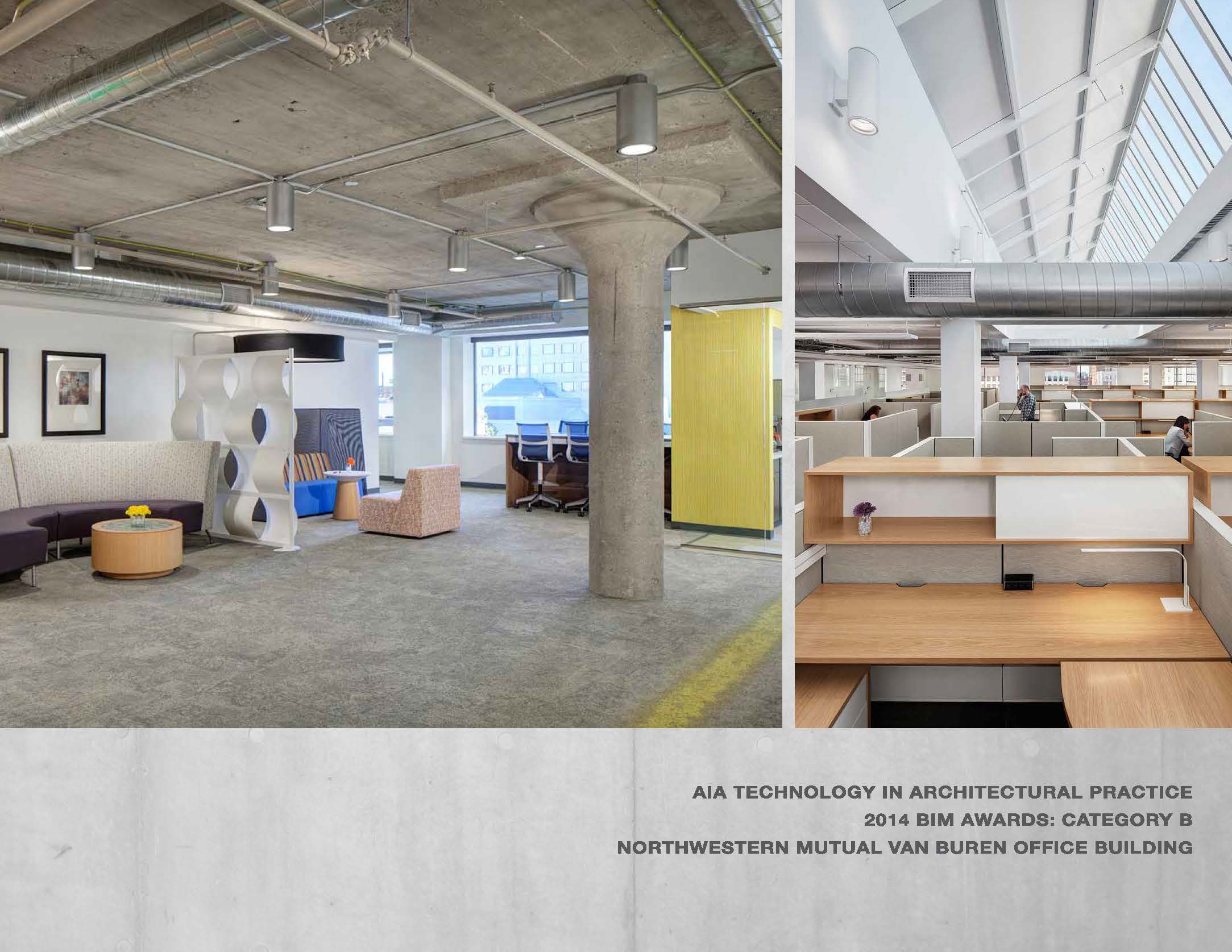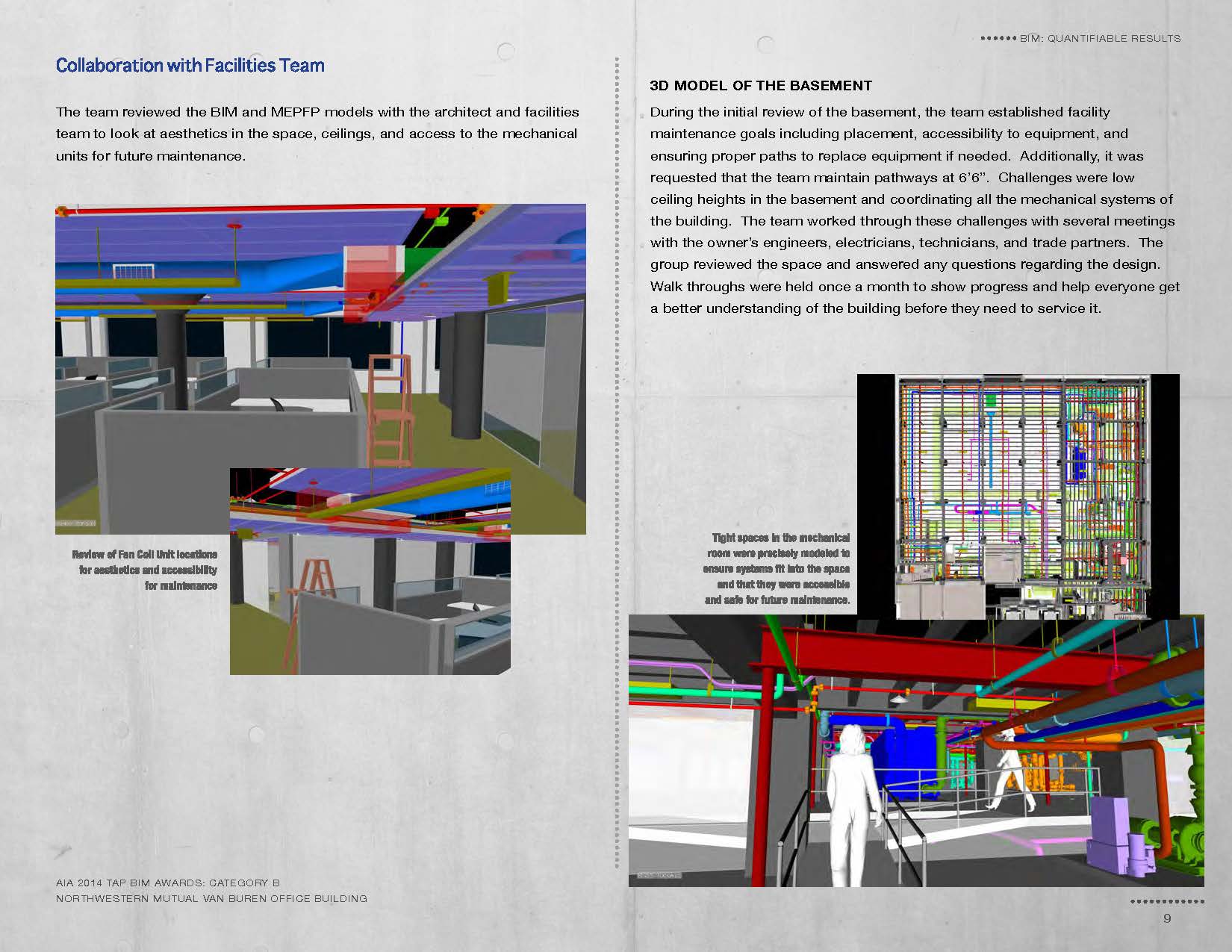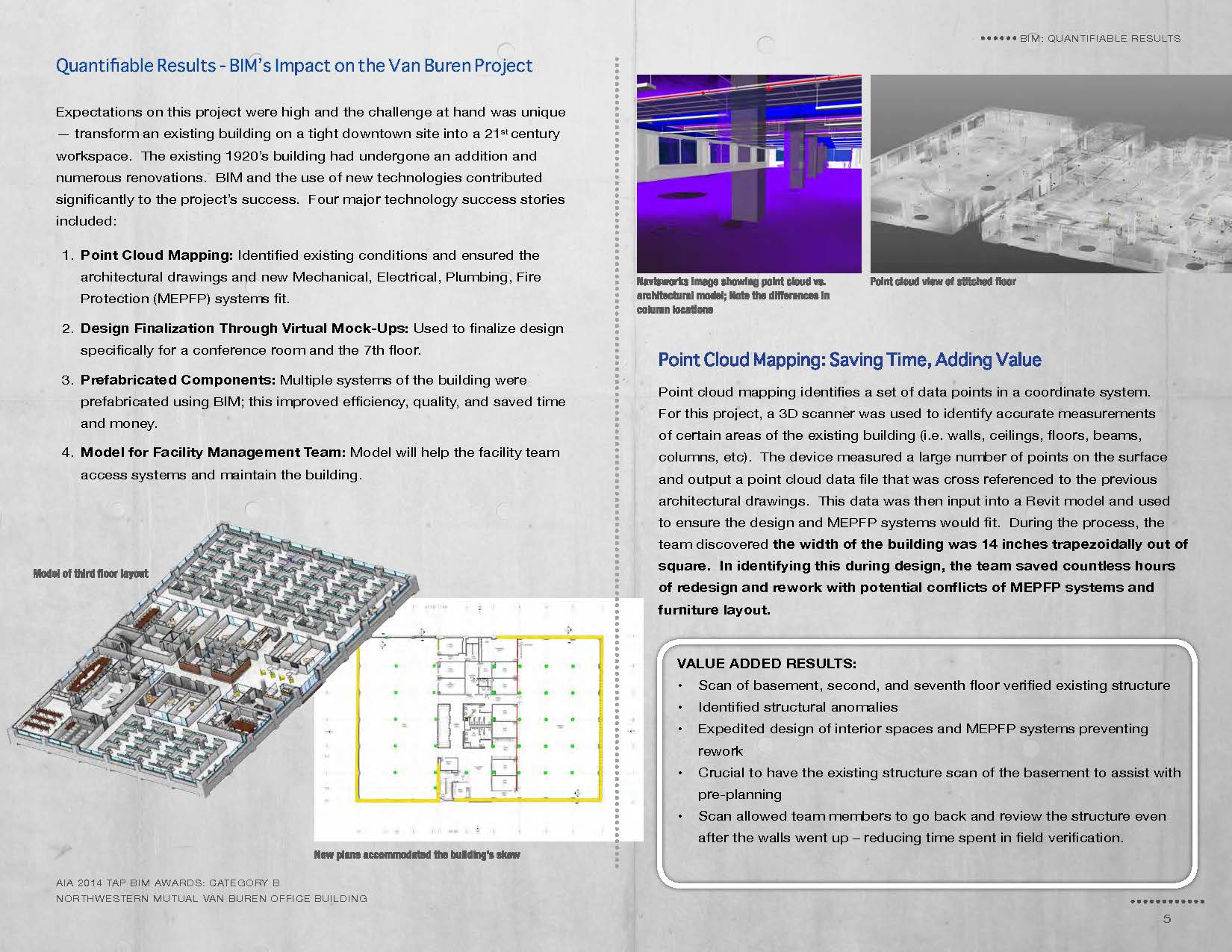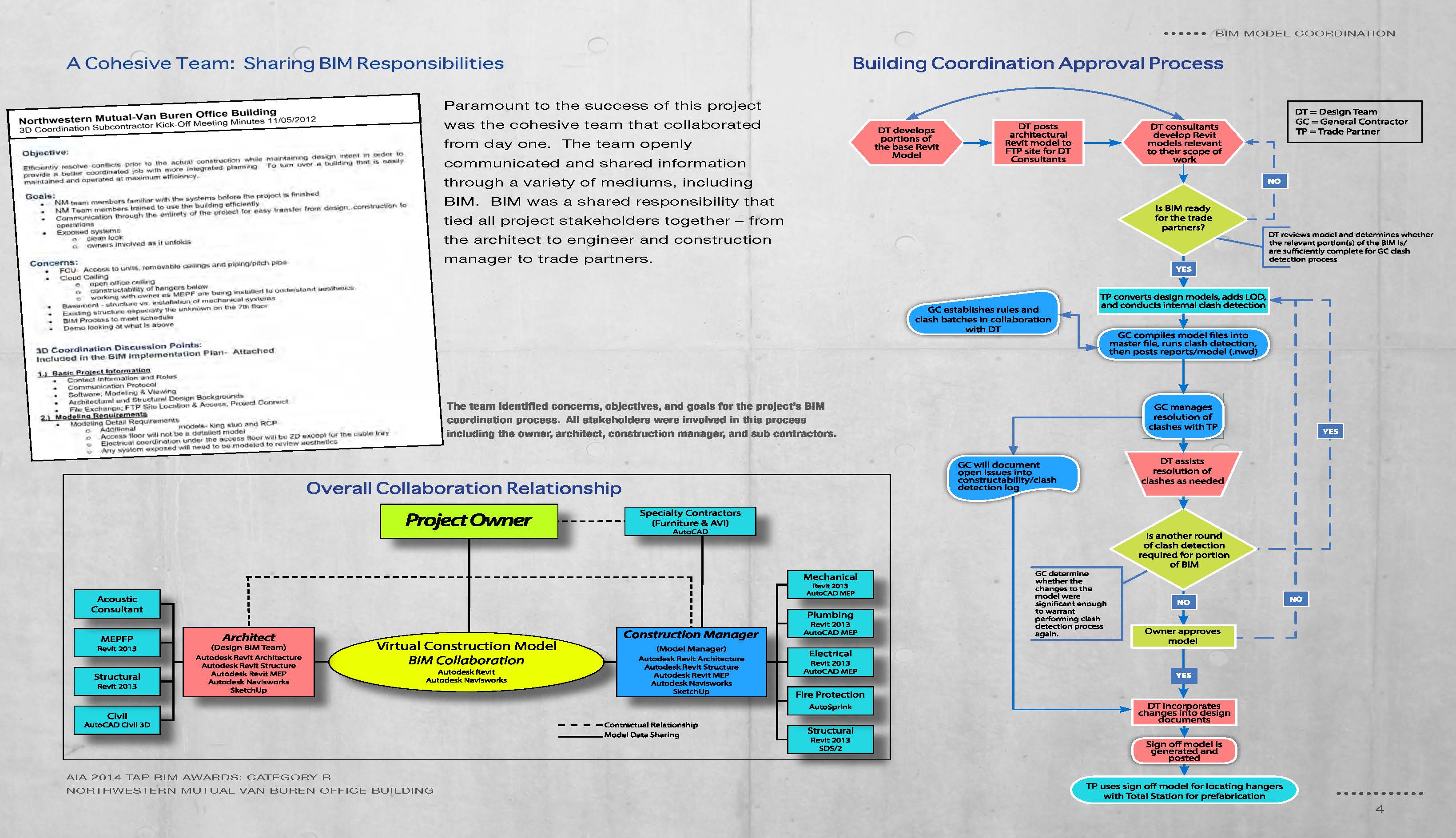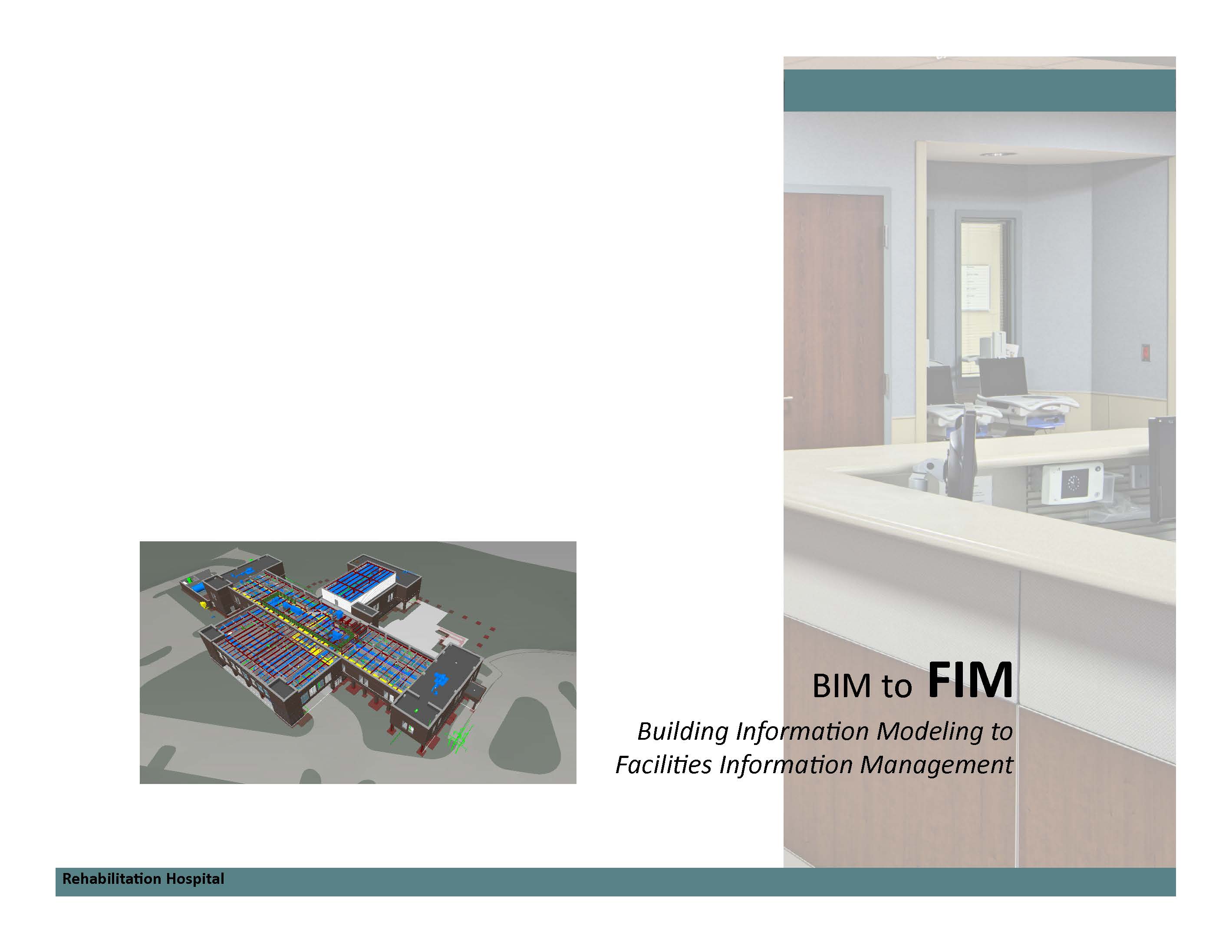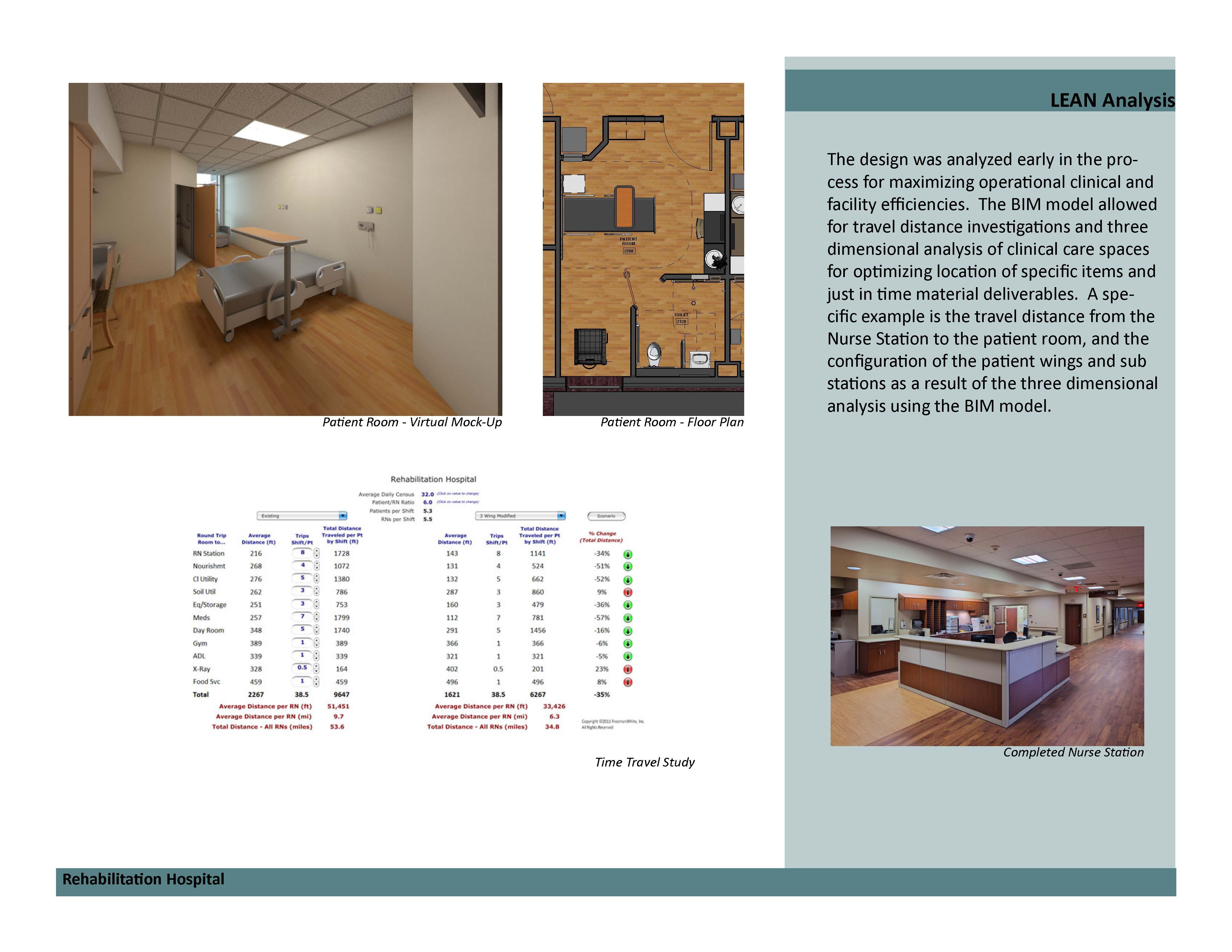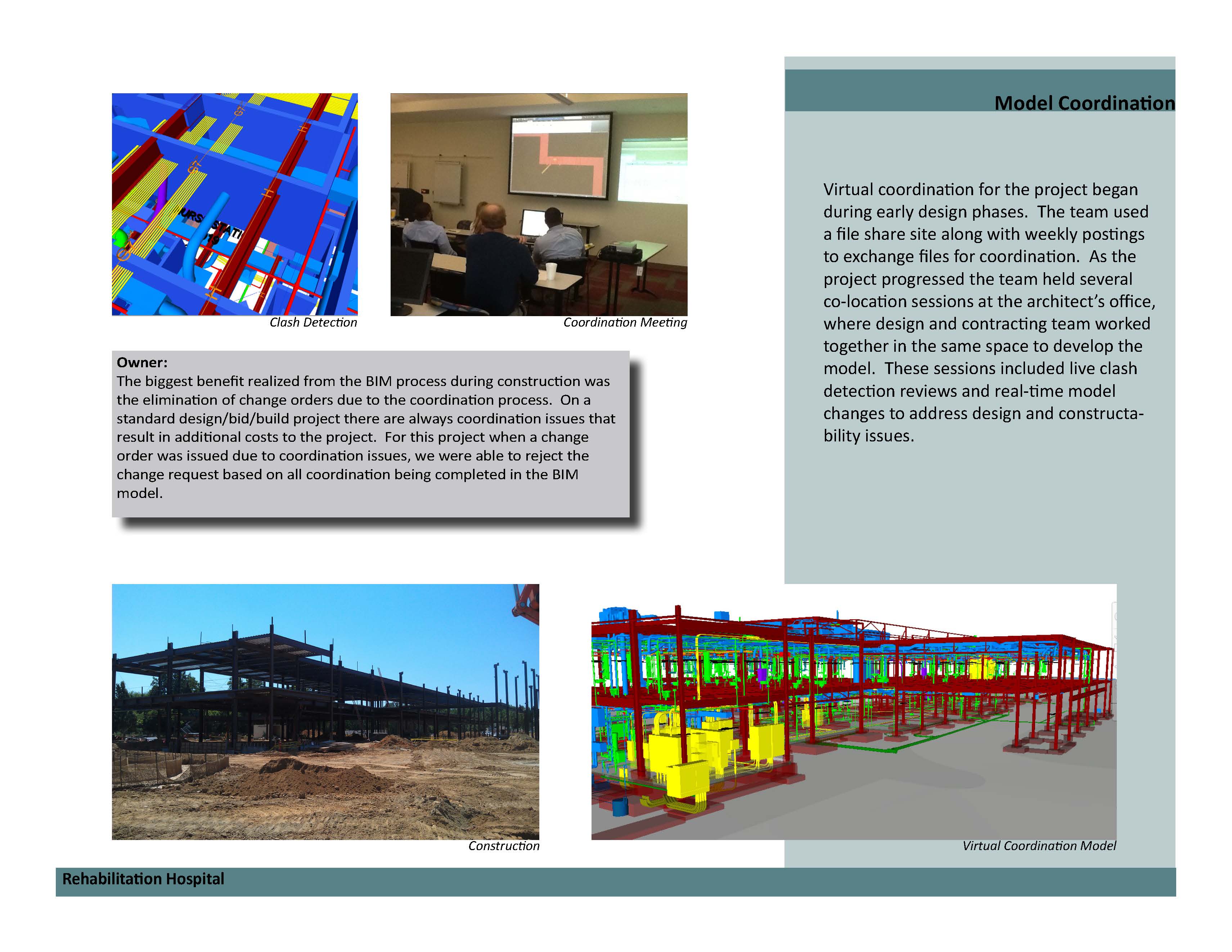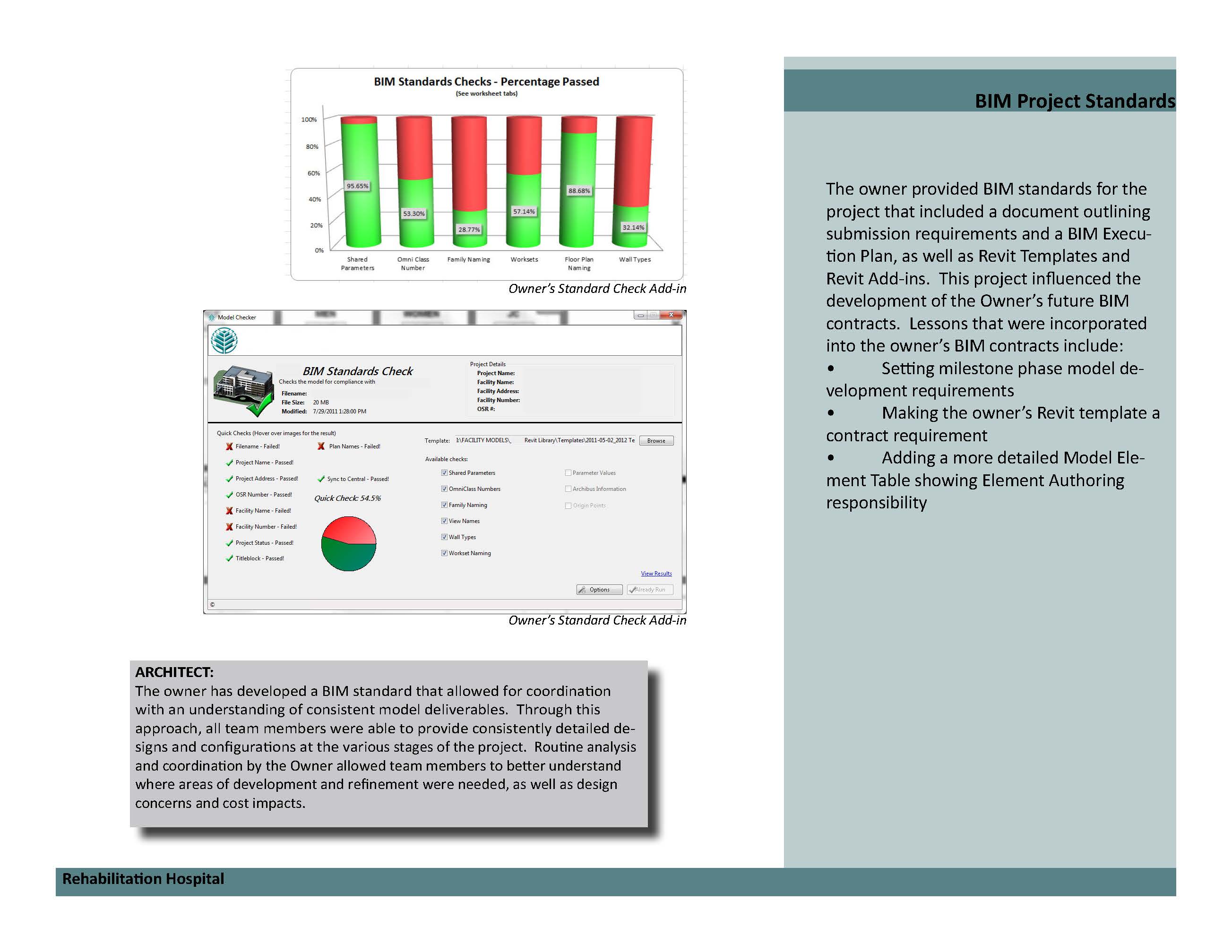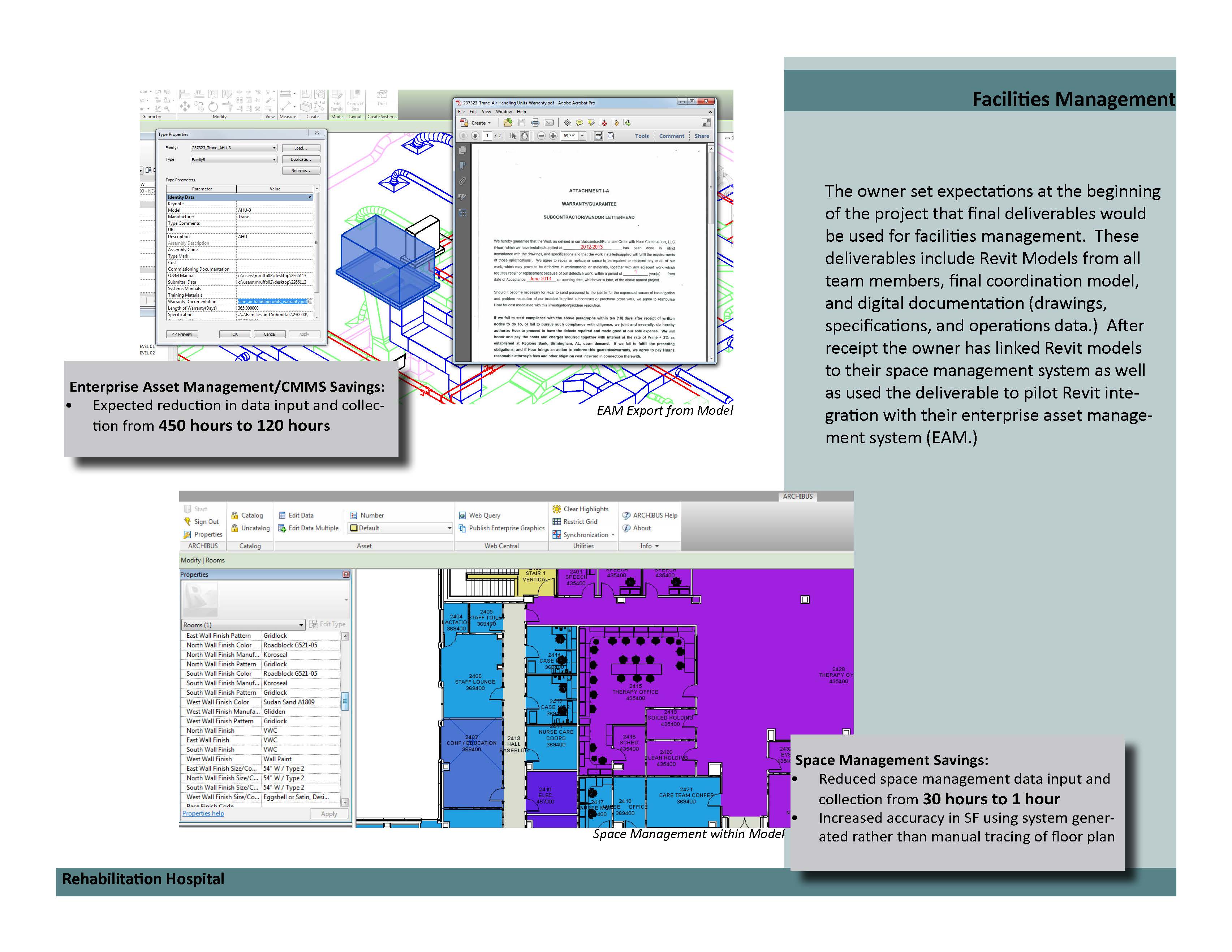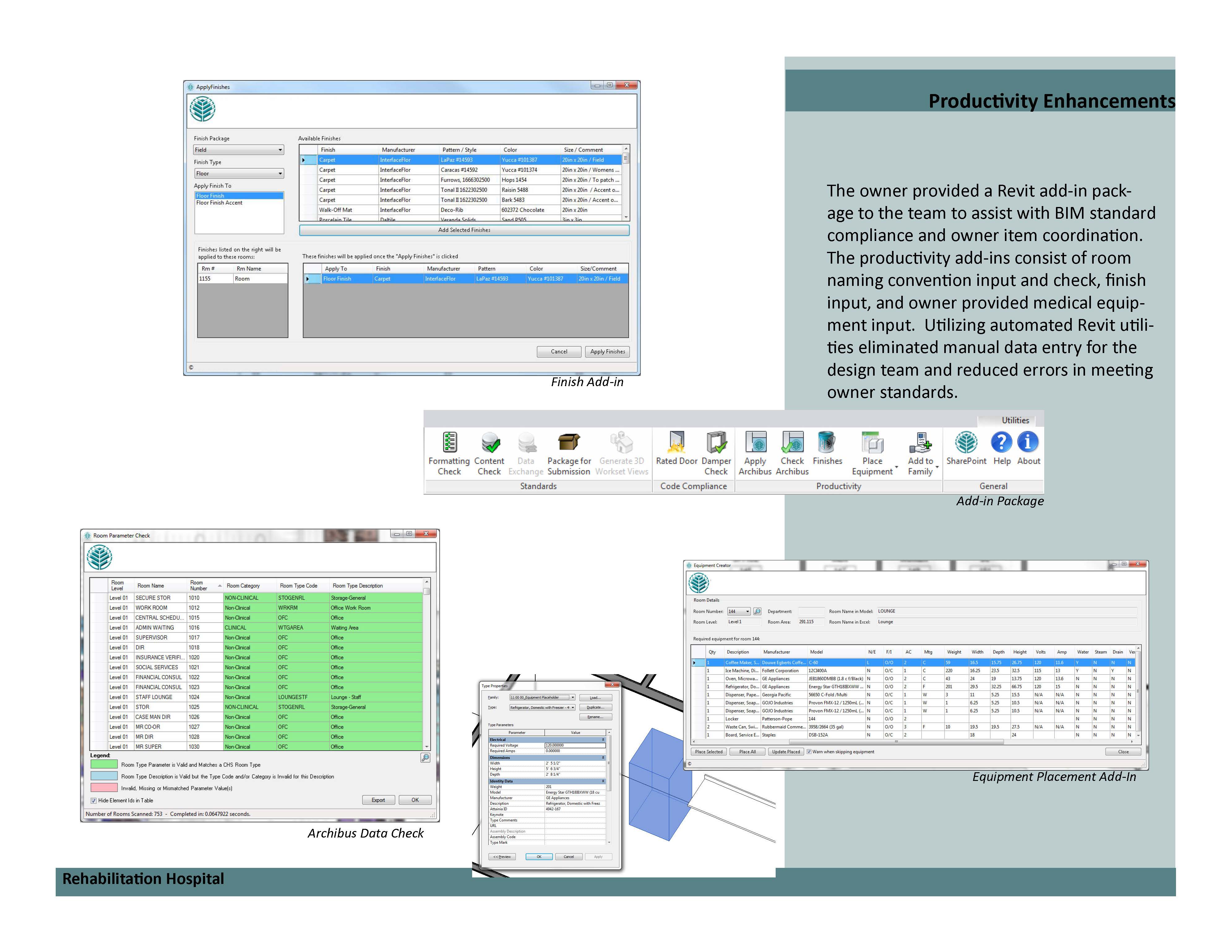The AIA's Technology in Architectural Practice (TAP) Knowledge Community recently announced the winners of the 2014 AIA TAP BIM Awards.
Launched in 2005, the program honors projects that best harness building information modeling and virtual design and construction tools and processes, and related innovations.
The 2014 jury included: Norbert W. Young Jr., FAIA (Chair), Duck Cove Associates; Ajla Aksamija, PhD, University of Massachusetts, Department of Art, Architecture & Art History; Bradley E. Workman, ZweigWhite; David Fano, CASE Design; Laura Handler, Tocci Building Companies; Paul Teicholz, Stanford University, School of Engineering; and Boyd Black, COAA Representative, University of Chicago.
The 2014 AIA TAP BIM Award and honorable mention recipients are:
1. Perot Museum of Nature and Science, Dallas
Award: Jury's Choice - Stellar Architecture Using BIM & Delivery Process Innovation
Building Team: Morphosis Architects, John A. Martin Associates, Datum Engineers, Buro Happold, Balfour Beatty Construction
Jury comments
This stood out by how it leveraged BIM not just in design but in the shop drawing process and in the fabrication and installation they achieved things in a time that would have been unimaginable otherwise. BIM assisted in fabrication, documentation, and implementation. The submitter had a willingness to share their digital files to better improve the project. Because technology was able to communicate this model, they were able to achieve what they have. They communicated effectively. It gets back to this team was cohesive. They had a shared server for the team all the way through design and construction. Their process delivery was exceptional.
DOWNLOAD PDF SLIDESHOW ON PROJECT
2. Anaheim Regional Transportation Intermodal Center, Anaheim, Calif.
Award: Stellar Architecture Using BIM
Building Team: HOK, Parsons Brinckerhoff, Buro Happold, Clark Construction Group
Jury Comments
This is what BIM is. It is an innovative piece of architecture. A great process with many strengths. The form is one of beauty and simplicity. The use of integrated design and modeling optimized the structure. Appreciate the use of an objective-based approach to technology selection. They used the tools best necessary to accomplish the design they desired to accomplish. This group leveraged the power of BIM and it was especially valuable.
DOWNLOAD PDF SLIDESHOW ON PROJECT
3. Pegula Ice Arena at The Pennsylvania State University, University Park, Pa.
Award: Delivery Process Innovation
Building Team: Crawford Architects, Bohlin Cywinski Jackson, Mortenson Construction, Thornton Tomasetti, KJWW Engineering
Jury Comments
Documented benefits of quality achieved. Feels like very strong construction through all documentation. Multiple BIM use beyond design and construction. This had a level of complexity unseen in others. The use of CAVE (virtual reality) and how they reached out to their donor base was impressive. Not many owners would think of that. They did a great way of making it understandable. This is an owner-centric message and a powerful teaching example.
DOWNLOAD PDF SLIDESHOW ON PROJECT
4. Outpatient Care Pavilion, Chicago
Award: Delivery Process Innovation
Building Team: Cannon Design, Lend Lease, Affiliated Engineers, Thornton Tomasetti, Pepper Construction
Jury Comments
They just hit on so many different notes and did them so well. They used BIM as it should be used. It’s a truly integrated project.
DOWNLOAD PDF SLIDESHOW ON PROJECT
5. Enchanted Storybook Castle, Shanghai Disneyland Park
Award: Delivery Process Innovation
Building Team: Walt Disney Imagineering, Gehry Technologies
Jury Comments
They are doing what all architects should be doing. They are saving having to reconstruct. They use many different tools that should be used on every project. The storybook castle are tools that should be leveraged in all practices.
DOWNLOAD PDF SLIDESHOW ON PROJECT
6. Northwestern Mutual Van Buren Office Building, Milwaukee, Wis.
Award: Delivery Process Innovation - Honorable Mention
Building Team: Eppstein Uhen Architects, Mortenson Construction
Jury Comments
The way they quantified their results, but also how the documented a cohesive team environment. They documented well the BIM design process for retrofits of existing buildings. They showed a good use of laser scanning. Also, this was the best example of prefabrication.
DOWNLOAD PDF SLIDESHOW ON PROJECT
7. Rehabilitation Hospital, Carolinas HealthCare System, Concord, N.C.
Award: Exemplary use of BIM in Facility Management and Operations - Honorable Mention
Building Team: Carolinas HealthCare System, FreemanWhite
Jury Comments
For using BIM to proactively analyze operational efficiency within the facility by the user. This is a very good leveraging of BIM for getting owner value out of this hospital. They used BIM to optimize clinical care activities.
DOWNLOAD PDF SLIDESHOW ON PROJECT
For more on the 2014 winners, visit: http://network.aia.org/TechnologyinArchitecturalPractice/home/buildinginformationmodelingawardsprogram/2014recipients
Related Stories
| Aug 11, 2010
PCA partners with MIT on concrete research center
MIT today announced the creation of the Concrete Sustainability Hub, a research center established at MIT in collaboration with the Portland Cement Association (PCA) and Ready Mixed Concrete (RMC) Research & Education Foundation.
| Aug 11, 2010
Study explains the financial value of green commercial buildings
Green building may be booming, especially in the Northwest, but the claims made for high-performance buildings have been slow to gain traction in the financial community. Appraisers, lenders, investors and brokers have found it difficult to confirm the value of high-performance green features and related savings. A new study of office buildings identifies how high-performance green features and systems can increase the value of commercial buildings.
| Aug 11, 2010
Architecture Billings Index flat in May, according to AIA
After a slight decline in April, the Architecture Billings Index was up a tenth of a point to 42.9 in May. As a leading economic indicator of construction activity, the ABI reflects the approximate nine to twelve month lag time between architecture billings and construction spending. Any score above 50 indicates an increase in billings.
| Aug 11, 2010
Architecture Billings Index drops to lowest level since June
Another stall in the recovery for the construction industry as the Architecture Billings Index (ABI) dropped to its lowest level since June. The American Institute of Architects (AIA) reported the August ABI rating was 41.7, down slightly from 43.1 in July. This score indicates a decline in demand for design services (any score above 50 indicates an increase in billings).
| Aug 11, 2010
RTKL names Lance Josal president and CEO
Lance K. Josal FAIA has been named President and CEO of RTKL Associates Inc., the international planning, design and engineering firm. Josal succeeds RTKL’s current President and CEO, David C. Hudson AIA, who is retiring from the firm. The changes will take effect on 1 September 2009.
| Aug 11, 2010
Balfour Beatty agrees to acquire Parsons Brinckerhoff for $626 million
Balfour Beatty, the international engineering, construction, investment and services group, has agreed to acquire Parsons Brinckerhoff for $626 million. Balfour Beatty executives believe the merger will be a major step forward in accomplishing a number of Balfour Beatty’s objectives, including establishing a global professional services business of scale, creating a leading position in U.S. civil infrastructure, particularly in the transportation sector, and enhancing its global reach.
| Aug 11, 2010
Construction unemployment rises to 17.1% as another 64,000 construction workers are laid off in September
The national unemployment rate for the construction industry rose to 17.1 percent as another 64,000 construction workers lost their jobs in September, according to an analysis of new employment data released today. With 80 percent of layoffs occurring in nonresidential construction, Ken Simonson, chief economist for the Associated General Contractors of America, said the decline in nonresidential construction has eclipsed housing’s problems.
| Aug 11, 2010
Billings at U.S. architecture firms exceeds $40 billion annually
In the three-year period leading up to the current recession, gross billings at U.S. architecture firms increased nearly $16 billion from 2005 and totaled $44.3 billion in 2008. This equates to 54 percent growth over the three-year period with annual growth of about 16 percent. These findings are from the American Institute of Architects (AIA) Business of Architecture: AIA Survey Report on Firm Characteristics.



